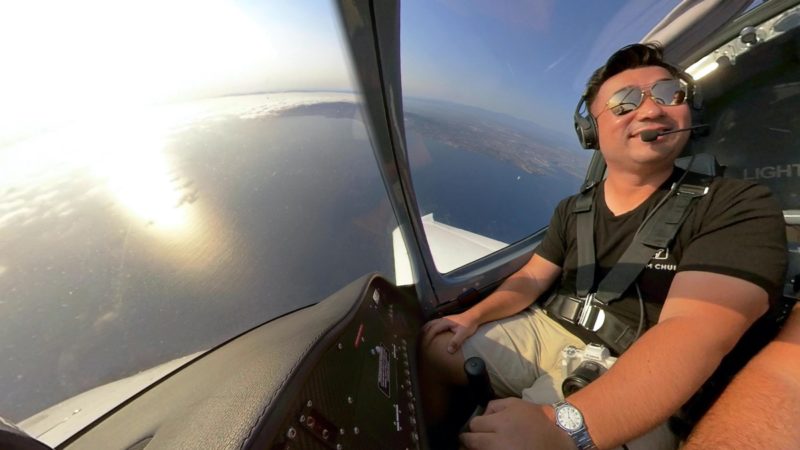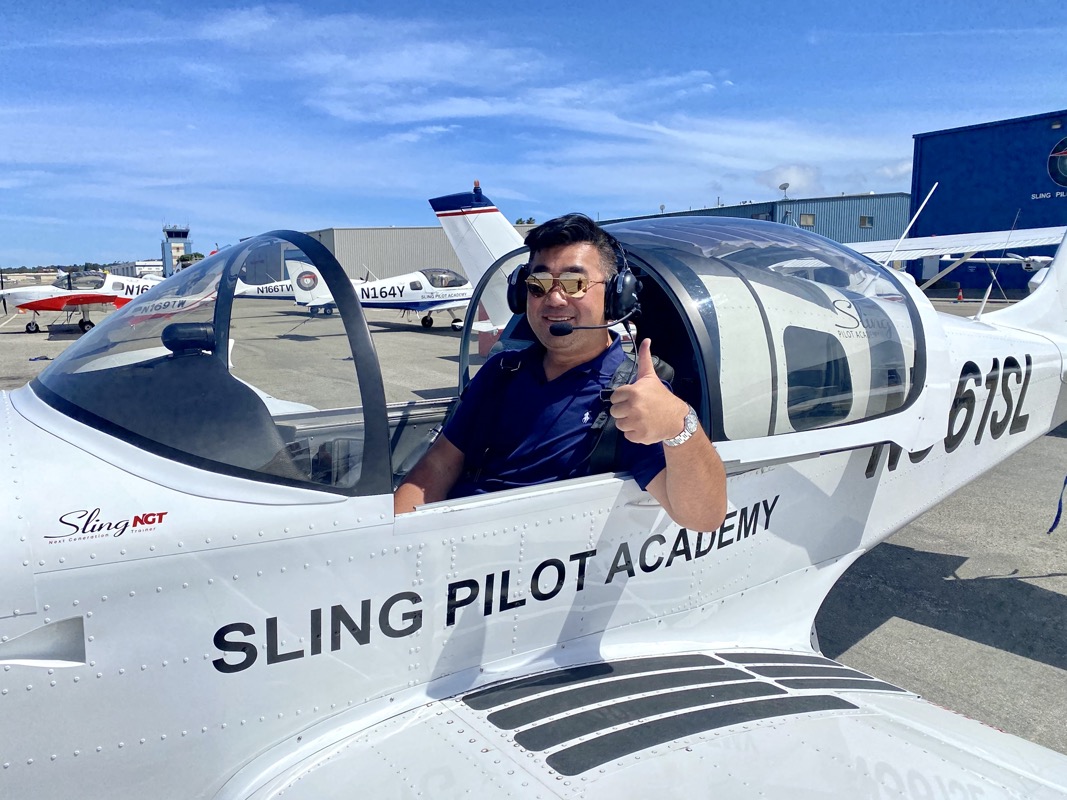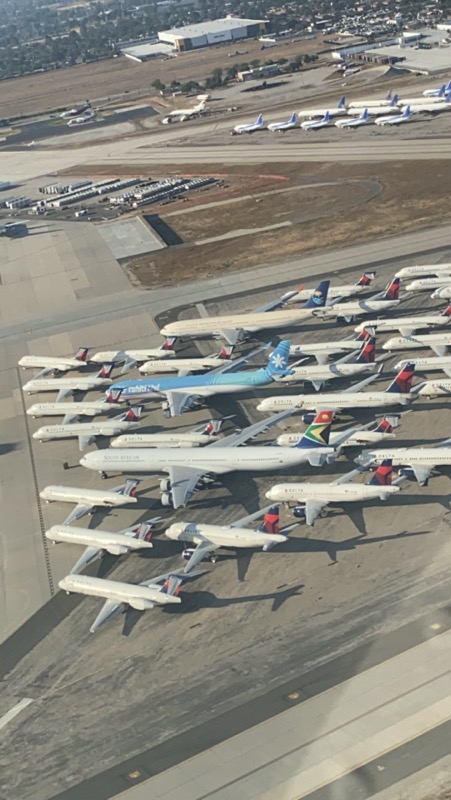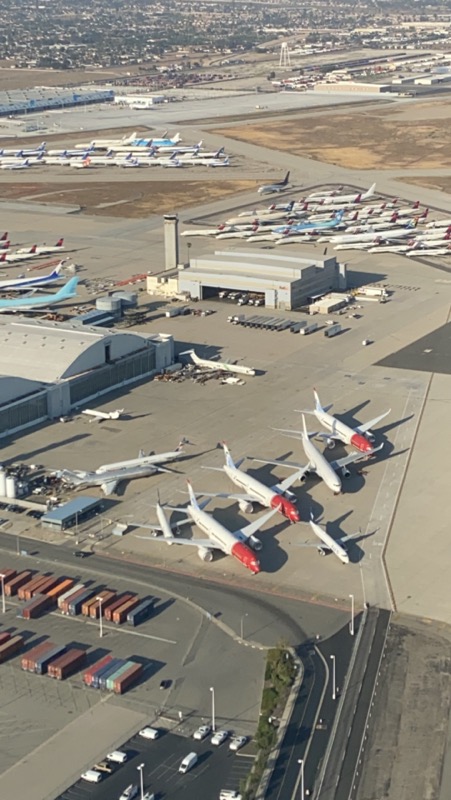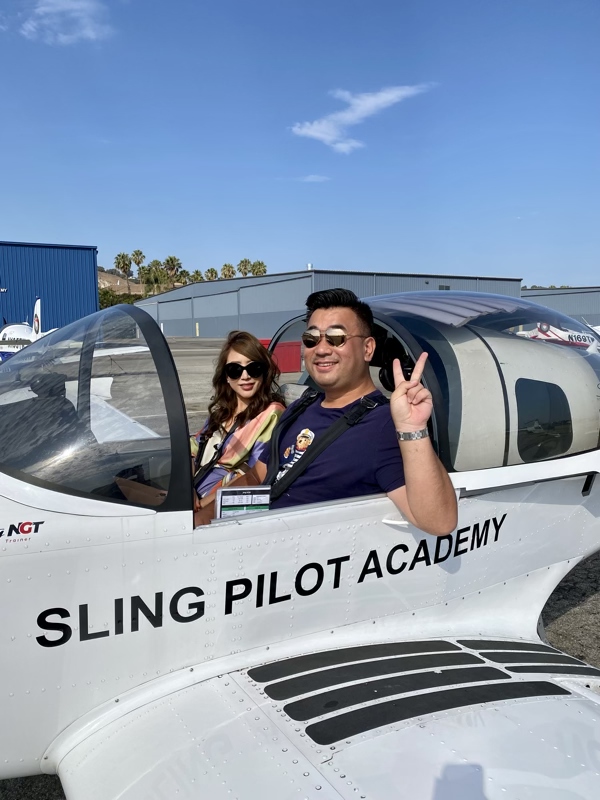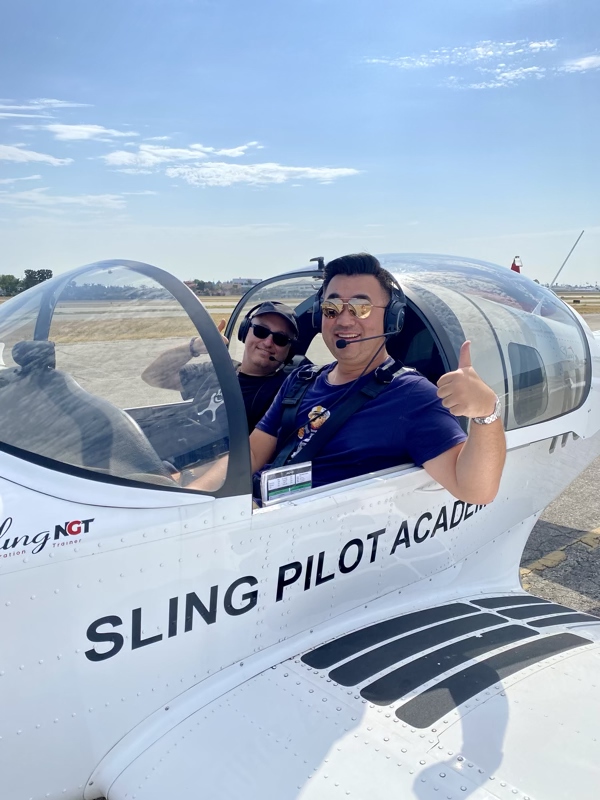It Feels So Unreal to Become a Pilot!
Last week, I finally passed my Private Pilot checkride. Something that I never believed I would be able to achieve. It almost feels unreal to think that I am now a pilot!
Throughout the years, I have often been asked:
You love aviation so much, why don't you become a pilot ?
The truth is, I never believed I could become a pilot!
There were many factors at play, any one of which would make me put my dream of becoming a pilot on hold. I fully admit that I am not a technical person, just the thought of piloting a plane always seemed way beyond me; I had very little confidence in my physical ability to fly a plane. I have pretty bad hand to eye coordination, I am not used to multi-tasking and I am overweight too, plus I was also always way too content with flying as a backseat passenger. So I never thought I would be able to become a pilot.
Video
COVID has Changed my Outlook
During April last year, I was at home and had no travel plans due to the pandemic. I suddenly found I had a lot of time on my hands.
Wayne, from Sling Pilot Academy, reached out to me in an email, inviting me to go to their flight school and to try my hand at flying in a light sports aircraft called a Sling. Initially, I was more interested in visiting the airplane graveyard in Mojave and Victorville than flying an airplane myself. However, as soon as I got behind the controls of the Sling I instantly loved it! I started to wonder, could I really could learn to fly this? That's how my pilot journey started!
I didn't believe I could achieve it for so many years, but once I started my flight training the rest was just history...
My Shakey Start
So I started in May 2020, for the first 2 months my progress was slow. I was learning the fundamentals of flight, flying level, turn, climb and descend. I soon began practicing some more advanced manoeuvres, such as steep turns, stalls, slow flight and turn around a point. Eventually all of these manoeuvres would be examined in the final checkride exam.
The main mistake I learned from in the first 2 months was, I wasn't flying often enough! I was only doing 2 flights per week, so my hand often got cold and I would forget everything I had learned in the previous lesson. Flying is somewhat similar to driving a car, the more practice you get the better you become at it. My advice would be to do it 4-5 times a week, to quickly excel in your learning. Flying is also a feeling; once you grasp the right feeling, you are over that wall.
Choose your Best Fit Instructor
Flying with your instructor is a bit like dating inside the plane. Don't hesitate to try out a few different instructors initially and see what works for you. You need to find an instructor that fits your temperament and style, to excel in your learning. Some instructors talk a lot during the flight, while others are really quiet. So it all depends on which type of person you best fit with.
If it doesn't work out with your instructor, don't hesitate to change. Remember it is all about your learning.
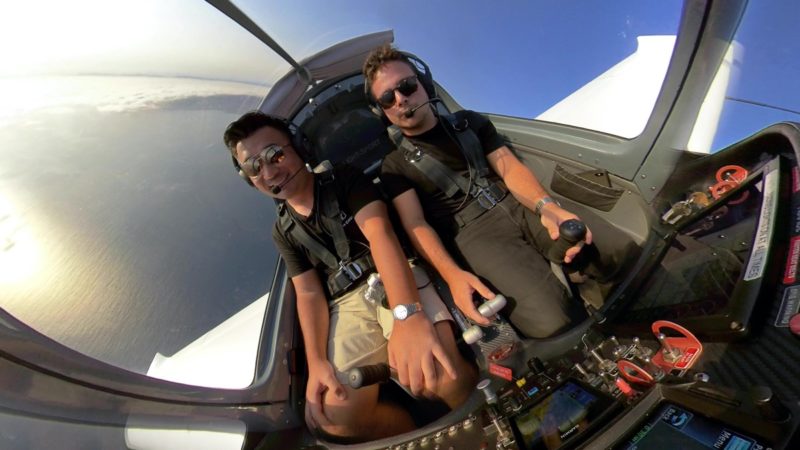
My First Solo Flight
My first big moment came on 16th July 2020. I successfully completed solo flying in the traffic pattern, at my local airport Torrance, CA. It was 3 full stop take-offs and landings. Before going solo your instructor must first sign you off and endorse you, because they won't be with you in the cockpit they need to believe you are ready. It was a strange quiet flight without him around.
Most pilots remember their first solo flight. Here is the video I made from my solo:
Ready to Cross Country
After my solo, I left the US for Dubai. Dubai had just re-opened and the COVID situation was getting worse in the US as the summer progressed. It was a full 7 months, until February 2021, before I got to fly again.
After I came back in February 2021, I continued with some more flying lessons. It felt like I was almost starting again from square one. It took me best part of 3 weeks to get back to my pre-solo level. Then I started flying cross country, that was the next phase of my pilot training.
Flying cross country was lot of fun. I got to pick an airport that I wanted to go to, call up the weather briefer to check on the weather and make my own Navlogs (this takes a long time using just a pencil, a plotter and an EB-6 calculator).
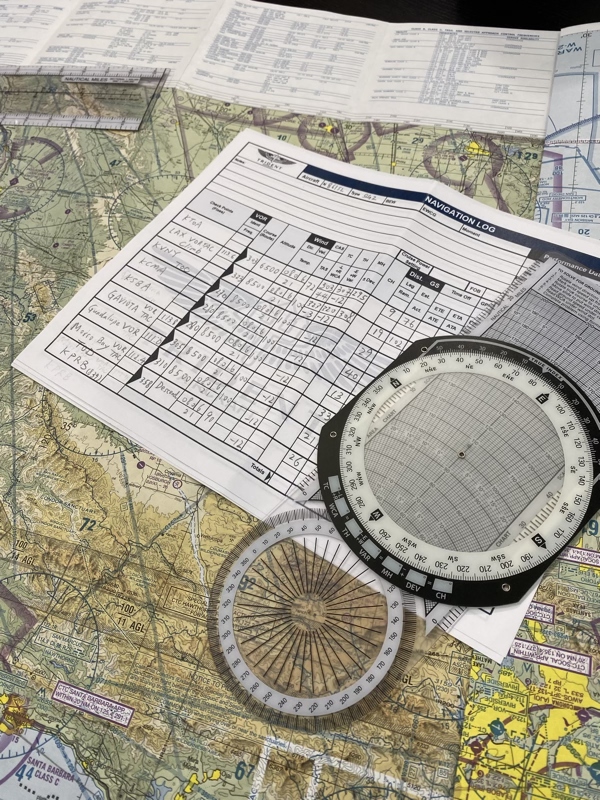
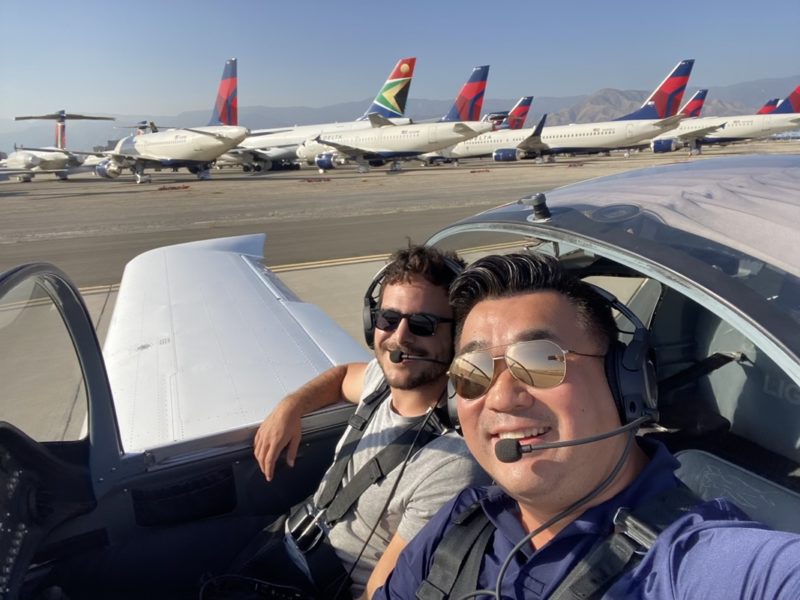
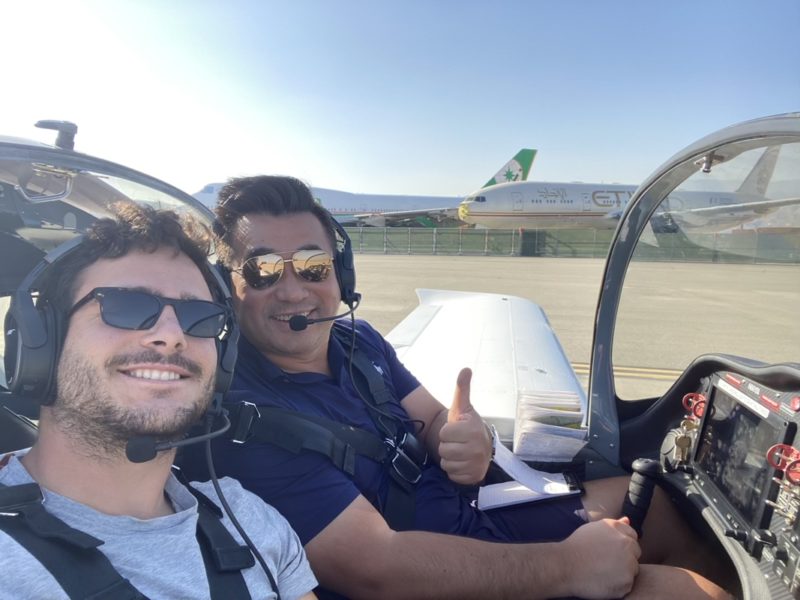
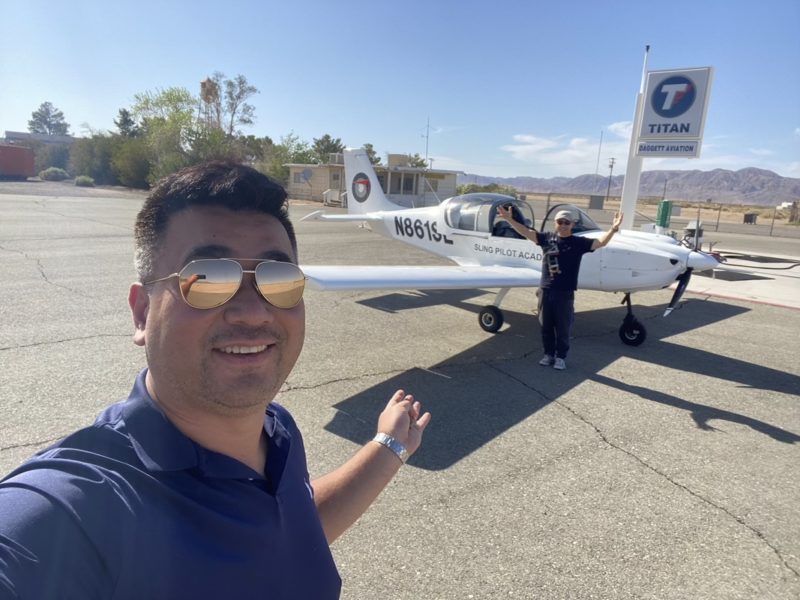
My Solo Cross Country flight was from Torrance to San Bernardino, then to French Valley and back to Torrance.
To fulfil thee FAA's requirements, I needed to do 3 full stop takeoffs and landings and cover a distance of 150 nm during my solo cross country flight.
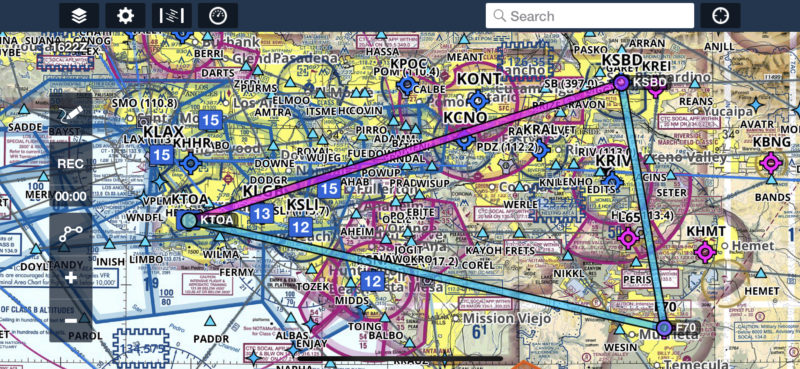

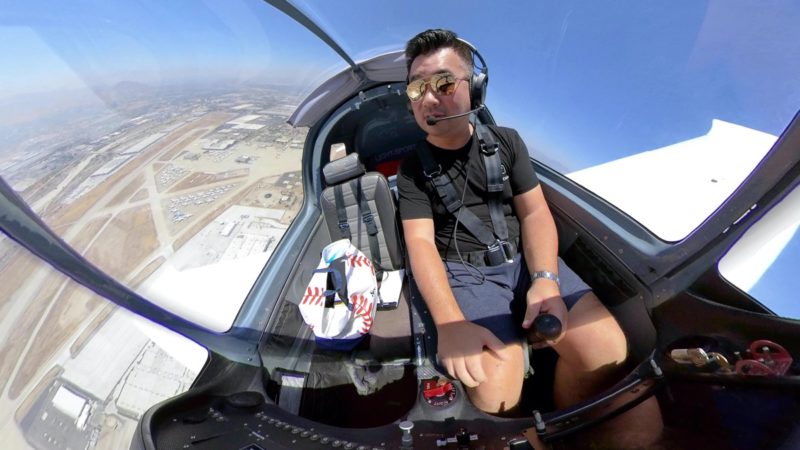

Preparing for my Checkride (Exam)
There are 3 exams that you are required to pass in order to receive an FAA Private Pilot Certificate.
- Written exam - 60 multiple choice questions. You have 2.5 hours (which is more than enough) to complete this part. Once you complete the written exam, it is valid for 2 years.
- Oral exam - This is taken on the day together with your practical exam and conducted by your FAA Designated Pilot Examiners (DPE). The oral exam can take from 1 hour to 5 hours and it is extremely broad. Most students worry about the oral exam the most, as the examiner can ask you anything. It is an open book exam, however your examiner will not want to see you looking for an answer from the book on every question.
Tip: The examiner will focus on your written exam results, they will most likely be looking into the areas that you might have struggled on. This happened to me! So you should definitely go through the written result and be prepared for that.
- Practical exam - If you passed the oral exam the last phase is the practical exam, where you and your examiner will take a flight. During the flight, your examiner will ask you to do some manoeuvring, such as steep turn, power on stall, power off stall, slow flight, turn around a point, short field takeoff/landing, soft field takeoff/landing and demonstrate a go around. You will be the PIC (Pilot in charge) and will need to handle all radio calls while watching out for traffic. Your examiner is technically your first passenger.
Once you pass the practical, your examiner will present you with a temporary pilot certificate. Congratulations, you are now officially a pilot!
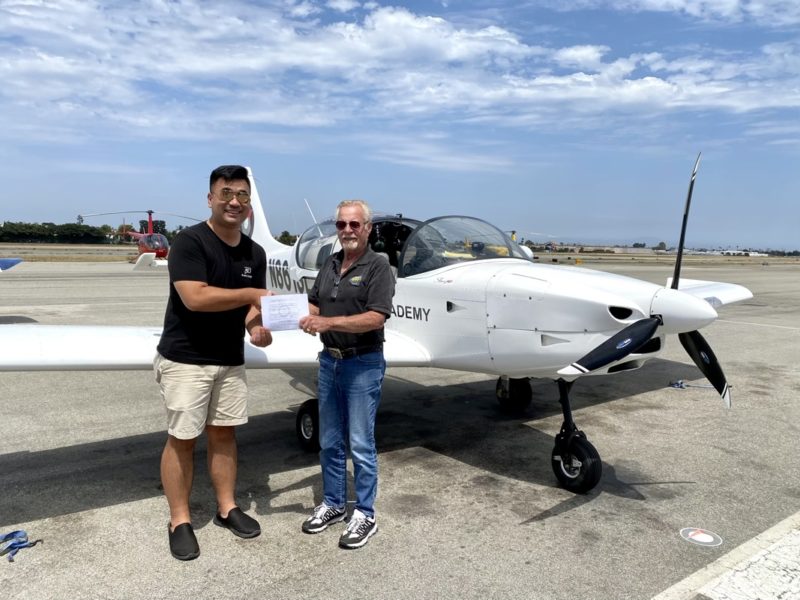
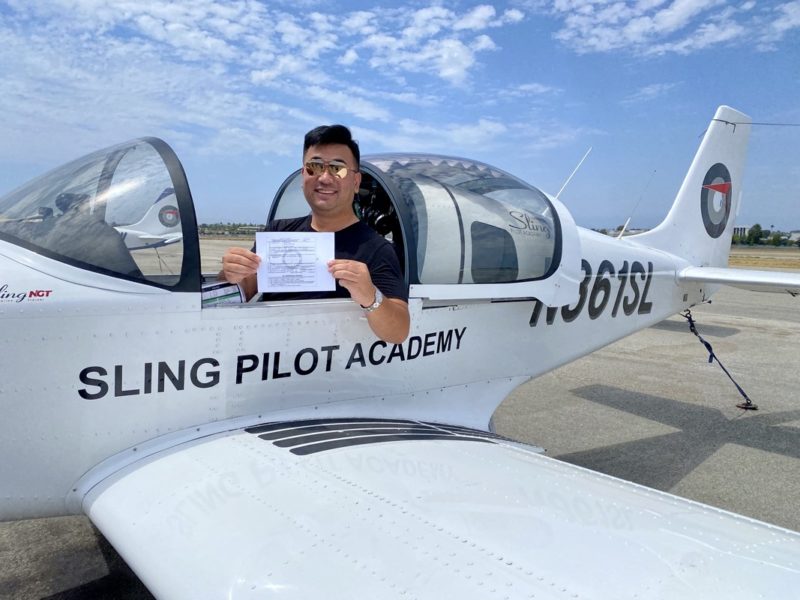
I was so nervous that I could hardly sleep the night before my checkride. I only managed 3 hours of sleep and the exam took place at seven in the morning! I was so glad that, after 3 hours of oral exam and 1.2 hours of practical exam, I had met all the airmen certification standards (ACS) and had finally become a pilot!

A fan, Linda presenting me wishes on the day of my exam 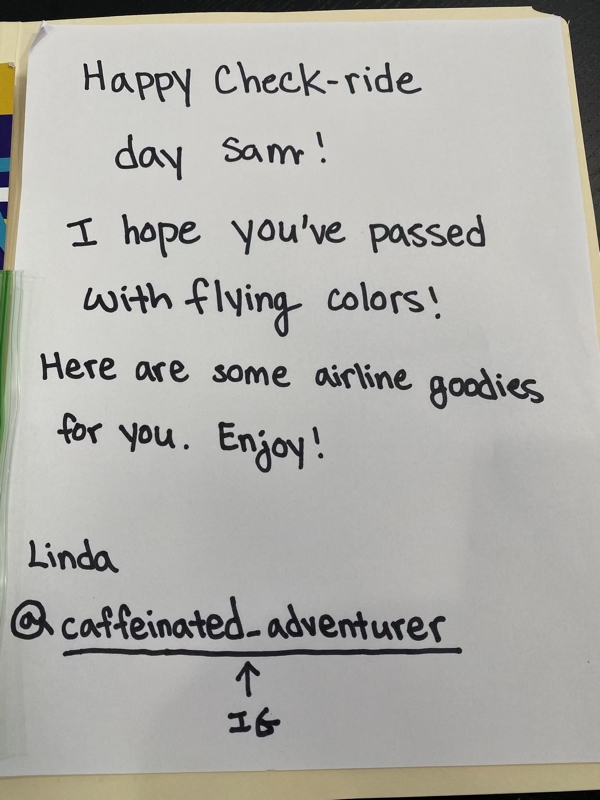
Why do it in the US?
I think the US by far has the best General Aviation airspace system in the world. Many of them are within a stones throw distance on the sectional chart in LA area. With all-year-round good weather, very busy traffic and great radio communication training, I believe the US to have the best training opportunities.
Financials
At Sling Pilot Academy, it costs $140 per hour on aircraft rental and $70 per hour on the instructor. So total per hour training cost is $210.
The national average to achieve private pilot is 70 hours training, so it costs around $14,700 ($210 x 70) depending on your requirements.
The Sling Pilot Academy Offer
Here is a good offer from Sling Pilot Academy. Simply sign up for the academy using referral code: SAMCHUI for $1000 off and a free introductory flight. Enroll at: https://www.slingpilotacademy.com
Note: The above referral discount works for Academy only.
Private Pilot Privilege
Being able to take your friends and family to fly with you is a great privilege and a fantastic feeling, something I got to fully appreciate after I got my Private Pilot License (PPL).
There was an enormous amount of satisfaction gained throughout my pilot journey. Once you make a good landing or break through a mental wall, the confidence will surge and every step you make is one closer to success!
I didn't believe I could achieve it for so many years, but once I started my flight training the rest was just history. If I can do it, you can too!
I am now looking forward to gaining altitudes with my fellow aviators!
